What are the popular equivalents to the 2n7000, for 3.3 Volt MCU circuits to switch higher voltage devices?
Background: For 5 Volt microcontroller based prototypes and experiments, my go-to solution for low frequency, low side switching of 50-200 mA currents or 10-40 Volt devices driven by a digital / PWM pin, has been the dirt cheap ($0.05 retail here in India) and ubiquitously available 2n7000 MOSFET.
The best aspect of using this MOSFET is, I have made a bunch of little building block PCBs with a 100 Ohm gate resistor and 10 k gate pull-down, and simply plug them in to almost anything that isn't high frequency or high load. It just works, and is almost bulletproof. If I could find any 4 x 2n7000 array parts locally, I'm sure I would make 4-channel building blocks too.
When working with 3.3 Volt MCUs and boards (e.g. TI MSP430 Launchpad) what is the equivalent easily available, robust switching solution, if any, that one turns to for non-critical quick prototyping?
I currently end up using either 2n7002, whch does not turn on hard enough, or various IRL/IRLZ parts, though they cost as much as 10-20 times as much. IRL/LZ are often unavailable off-the-shelf at the "electronic components market street" where I pick up random parts for my personal component shelves when I am not working to a BOM or a plan.
The AO3422 suggested in comments to this question simply is not available locally in retail.
I want to avoid BJTs for this purpose as they tend to run hotter than MOSFETs, and I create enough magic-smoke gizmos anyway.
I know there isn't necessarily one correct answer to this, but good advice would, I am sure, benefit many people jumping into 3.3 Volt devices.
